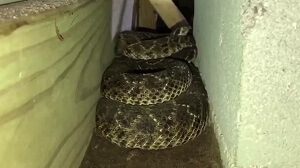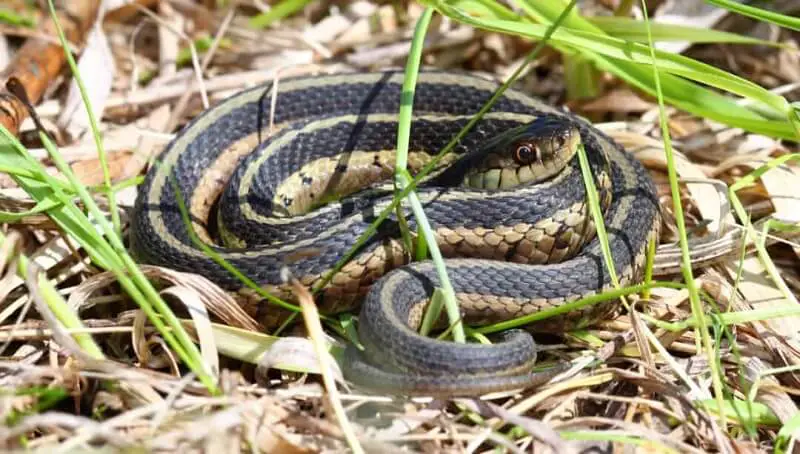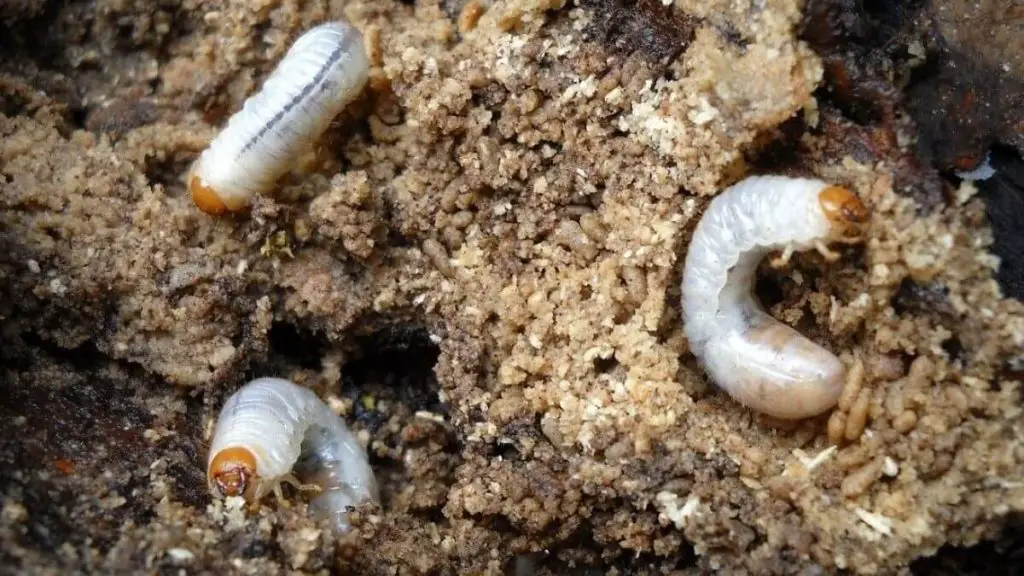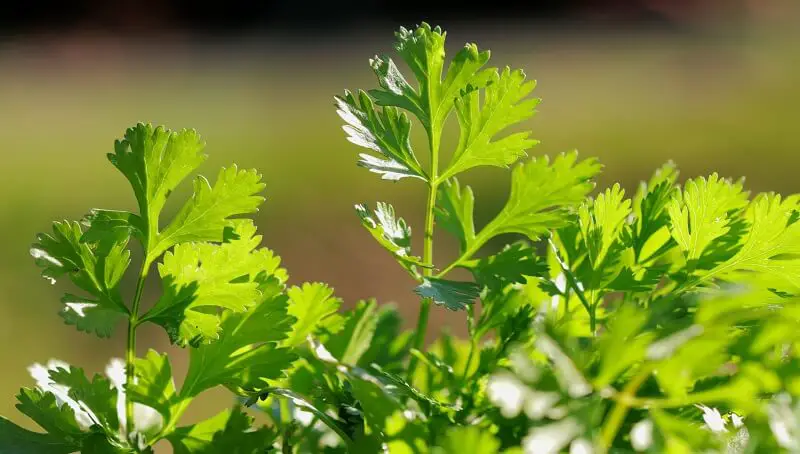Snakes are a cause to be alarmed for many of us, especially when we are surprised by one. There are a variety of considerations and methods for chasing snakes out of your garden. In order to prevent a snake infestation in your yard, it is necessary to eliminate food sources and habitat areas for them.
Signs of snake infestation are:
- the skin left by them following the molting process;
- finding nests with eggs;
- fecal matter observation; the debris is usually liquid and white colored.
Snakes take shelter in hidden places away from the cold, such as storerooms, piles of wood or rocks, boxes, ponds, and high vegetation areas.
To prevent the appearance of snakes, it is recommended to periodically trim the lawn and bushes, combat unwanted vegetation, free the land of stored materials, and piles of wood/stones, in which snakes can easily shelter, and especially, seal the cracks in the walls of buildings that can be reptile access routes inside the house.
In addition, the elimination/removal of food sources, represented by rodents, frogs, fish, insects, or small animals, is also indicated.
Here are some tips for preventing and fighting the apparition of snakes in the garden:
Snakes love shady places and as food, they prefer small rodents such as mice, and rats. Keep a strict cleaning in the garden and do not let the lawn grow more than a few inches from the ground, and when you mow it, make sure to collect the grass debris. Do not leave piles of leaves or wood in the garden; they can be an ideal hiding place for snakes.
Too tall shrubs or very large bushes provide a perfect hiding place for snakes. Decorative stones in the garden are also a problem because they can be an ideal place for snakes, giving them a cool place on hot days. Plant mint at the ends of the garden; they are a good repellent for snakes. Keep rodents away from your yard, because they are a delight for snakes. Use traps or rodenticides to control the appearance of mice and rats.
You might also like my articles on:
If the above did not work, then take action, otherwise, you risk being the one bitten by a snake. First of all, it is worth remembering some essential elements: Never lift a snake from the ground unless you are trained for it. Do not provoke the snake because it can catch you by surprise with its bite. For the banishment of snakes, there are some special repellents that I will list one by one.
If you want to get rid of the snakes that come your way through the yard and scare you beyond measure, there are a few methods. First, I am not talking about the destruction of the crawling things, but about creating an environment improper for their appearance and development.
- Maintain cleanliness in the yard and garden. Don’t let the grass grow too much. Cut it so it’s a few inches long. Otherwise, snakes will consider grassing a very good place to hide. Here, too, they will skillfully prepare their attacks on rodents in transit. Also, do not leave the garden too high and dry. It is not only cultures that are important, but also intermediate places. Bushes and shrubs are ideal areas for snakes. So, permanently clean these plants, cutting the branches at the base and cleaning the surrounding area.
- Build fences for beautiful-smelling plants. The flowers with an intoxicating smell are attraction points for snakes. In order not to give them the chance to get to these places, it is preferable to restrain the respective areas.
- Plant mint in the yard and on the edge of the garden. Mint is one of the plants that snakes do not approach.
- Get rid of rotting wood and dry leaves. Do not leave rotting wooden objects in the yard and garden. It’s the ideal refuge for snakes. Also, piles of leaves are a great place for snakes. So, start cleaning up!
- Do not clutter the spaces. Brick/stone piles or piles of wood held in the yard can be converted into shelters for snakes.
- Use pepper and garlic spray. Another method of removing snakes is the pepper and garlic mixture.
You need:
- a head of garlic;
- 8/9 peppercorns;
- 1,2 liters of water;
- 10/15 milliliters of natural shampoo.
What you need to do:
- crush the garlic with pepper and put it in a bowl, then add water.
- leave the mixture to macerate overnight, strain the liquid, and put it in a sprayer.
- add shampoo, shake well and sprinkle the plants/grass. This mixture is not harmful to snakes, but it will keep them away from your yard/garden.
Chemical and sound repellents
1. Ultrasonic devices
The banishing of snakes and other reptiles can be done with the help of ultrasound machines. These are devices that run on either power solar or batteries. The device emits vibrations at a certain frequency at intervals of several tens of seconds for 25 seconds. Depending on the size and strength of such a device, it can cover an area of over 500 square meters. The consistency of the soil is also important.
How does it work? The ultrasonic device effectively drives away animals living on the ground and under the ground like underground rodents, snakes, and crawling insects because they cannot withstand the sound vibrations.
2. Spray for reptiles or snakes
It is a repellent solution that creates an olfactory barrier when it is applied. It keeps the snakes away by the power of the natural essences of which the spray is composed. The solution is ready and prepared and is good to spray on the walls of the house, the paving stones of the garden, the walls of the dog house, fences, etc.
3. Granules for the elimination of snakes
 Anti-snake granules are used to drive away snakes, lizards, and other harmful reptiles around the house. Such products contain natural substances that are very disturbing to them, thus forcing them to leave the area. The natural granules created to repel reptiles have in their composition inert clay materials, a mixture of fragrant essences, and camphor oil. This is a substance obtained from the resin of the Cinnamomum camphora tree that reaches ages between 1.000 and 2.000 years and secretes this resin containing antimicrobial substances.
Anti-snake granules are used to drive away snakes, lizards, and other harmful reptiles around the house. Such products contain natural substances that are very disturbing to them, thus forcing them to leave the area. The natural granules created to repel reptiles have in their composition inert clay materials, a mixture of fragrant essences, and camphor oil. This is a substance obtained from the resin of the Cinnamomum camphora tree that reaches ages between 1.000 and 2.000 years and secretes this resin containing antimicrobial substances.
How does it work? Snakes and other reptiles are driven away by the strong smell of granules, especially camphor oil. They are not toxic to humans and animals and do not affect plants, grass, or the environment.
4. Adhesive tape against snakes
Adhesive traps against snakes provide a point of protection on smaller surfaces, more on the inside. The use of adhesives on the outside does not guarantee the result because the adhesive’s power to “catch the living thing” decreases due to dust and humidity.
How does it work? On contact with the adhesive tape, the snake sticks a little, and in his attempt to escape, a larger area of his body will be caught. It, therefore, remains stuck on the adhesive.
5. Chemical solutions for preventing the appearance of snakes
The use of repellents to drive away snakes is recommended on the outside and provides protection for a larger area than for adhesive traps. The treatment is done marginally, around the area that is intended to be protected. Apply the product in a strip of approximately 15-20 cm, thus preventing reptiles from entering the ‘protected’ area. If snakes already exist in the area you want to protect, then the treatment is no longer preventive and a surface of 2 meters long should be left untreated for the reptiles to leave. Check that the product is rain-resistant.
How does it work? The snake repellent forms a chemical barrier against reptiles. The Jacobson organ is an extrasensory organ located in the upper part of the reptile’s mouth and is mainly used to assess the surrounding environment. The Jacobson organ is used when the reptile uses its tongue. The repellent will temporarily paralyze the functions of the Jacobson organ, causing the reptile to retreat quickly.
Final words!
If you see a snake in your garden, you should maintain a safe distance of at least 2 meters. Over 80% of snakes can bite when someone tries to catch or kill them.
Many times, we will meet the house snake in the garden, which is neither poisonous nor dangerous, but that does not mean that it cannot bite you if the reptile feels threatened. The bite can become infected because there are a lot of bacteria in the snake’s mouth.




